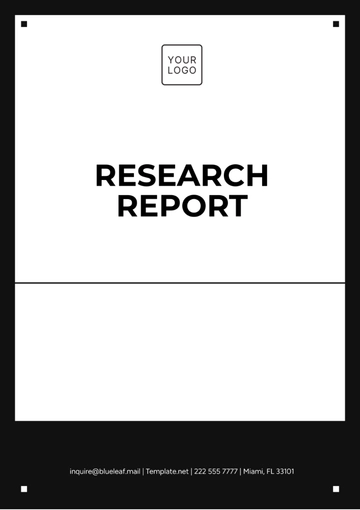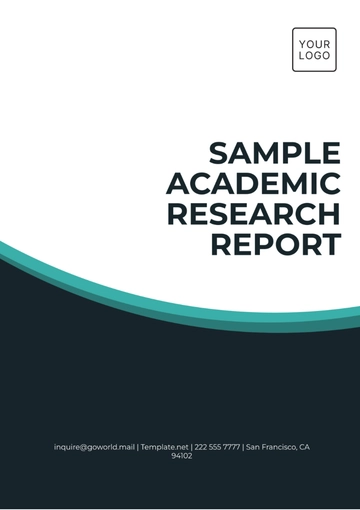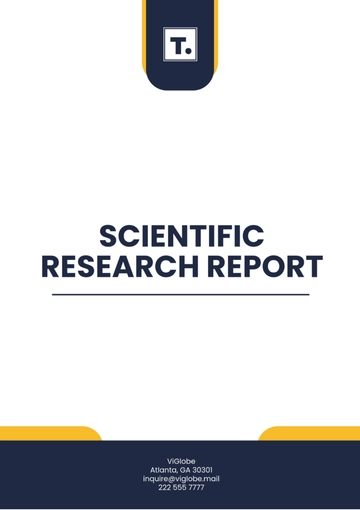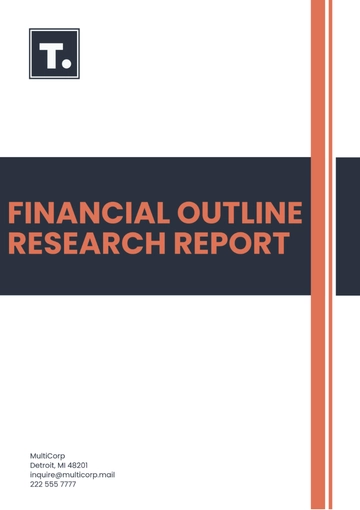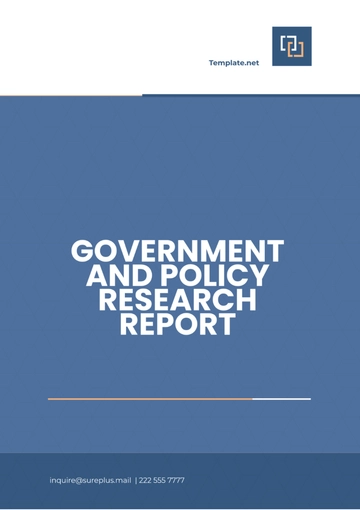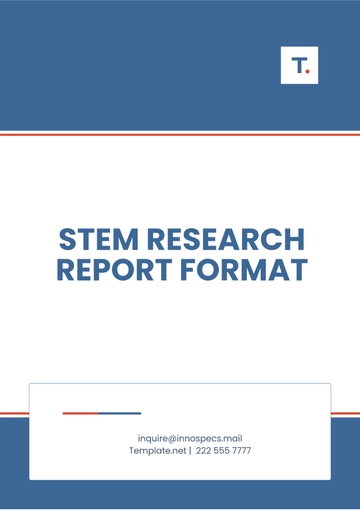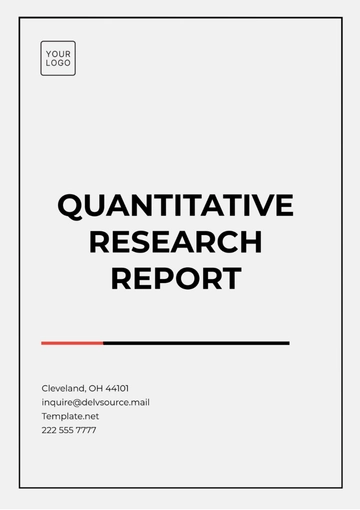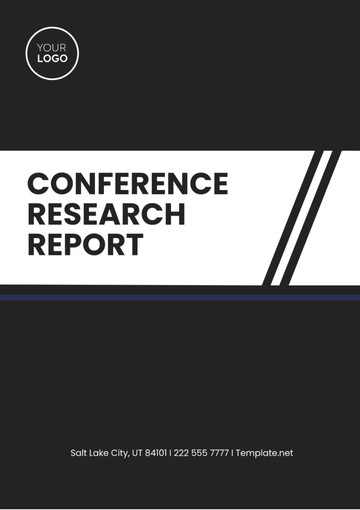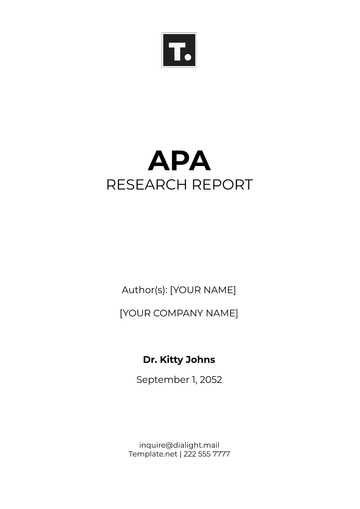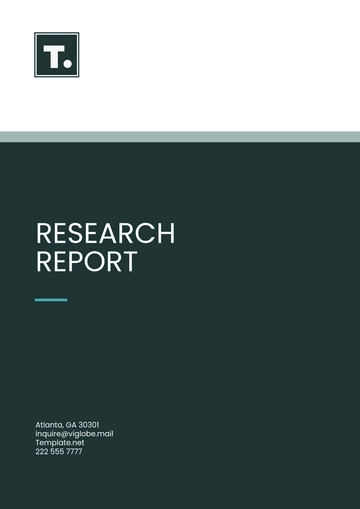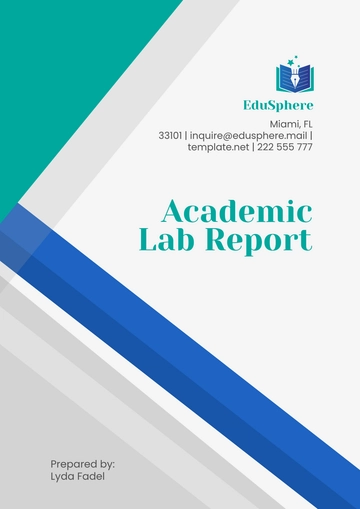Research Investigation Report
Prepared by: [Your Name]
Date: January 1, 2051
I. Executive Summary
This report provides an extensive investigation into the research project by [Your Company Name]. The main objective was to analyze the effectiveness of emerging technologies in renewable energy production.
II. Background
A. Purpose
The purpose of this investigation was to evaluate the feasibility, efficiency, and sustainability of three different renewable energy sources: solar, wind, and hydroelectric power.
B. Scope
This investigation covered a period from January 1, 2050, to December 31, 2050, and was conducted across multiple geographic locations.
III. Methodology
A. Data Collection
Data was collected using various primary and secondary sources, including field measurements, expert interviews, and existing research publications.
B. Data Analysis
Statistical tools were employed to analyze the data. The analysis focused on efficiency, cost, and environmental impact.
IV. Findings
A. Efficiency
Energy Source | Efficiency Rate |
|---|
Solar | 20% |
Wind | 35% |
Hydroelectric | 45% |
B. Cost Analysis
Energy Source | Initial Cost | Maintenance Cost |
|---|
Solar | $1,000,000 | $20,000/year |
Wind | $2,500,000 | $50,000/year |
Hydroelectric | $5,000,000 | $100,000/year |
C. Environmental Impact
Comparative analysis of the environmental impact of each energy source was conducted:
Energy Source | Carbon Footprint (tons/year) |
|---|
Solar | 2 |
Wind | 1.5 |
Hydroelectric | 1 |
V. Conclusion
The investigation concludes that hydroelectric power is the most efficient and sustainable energy source among the three analyzed. However, initial costs are substantially higher compared to solar and wind power.
VI. Recommendations
A. Short-term
B. Long-term
Report Templates @ Template.net

